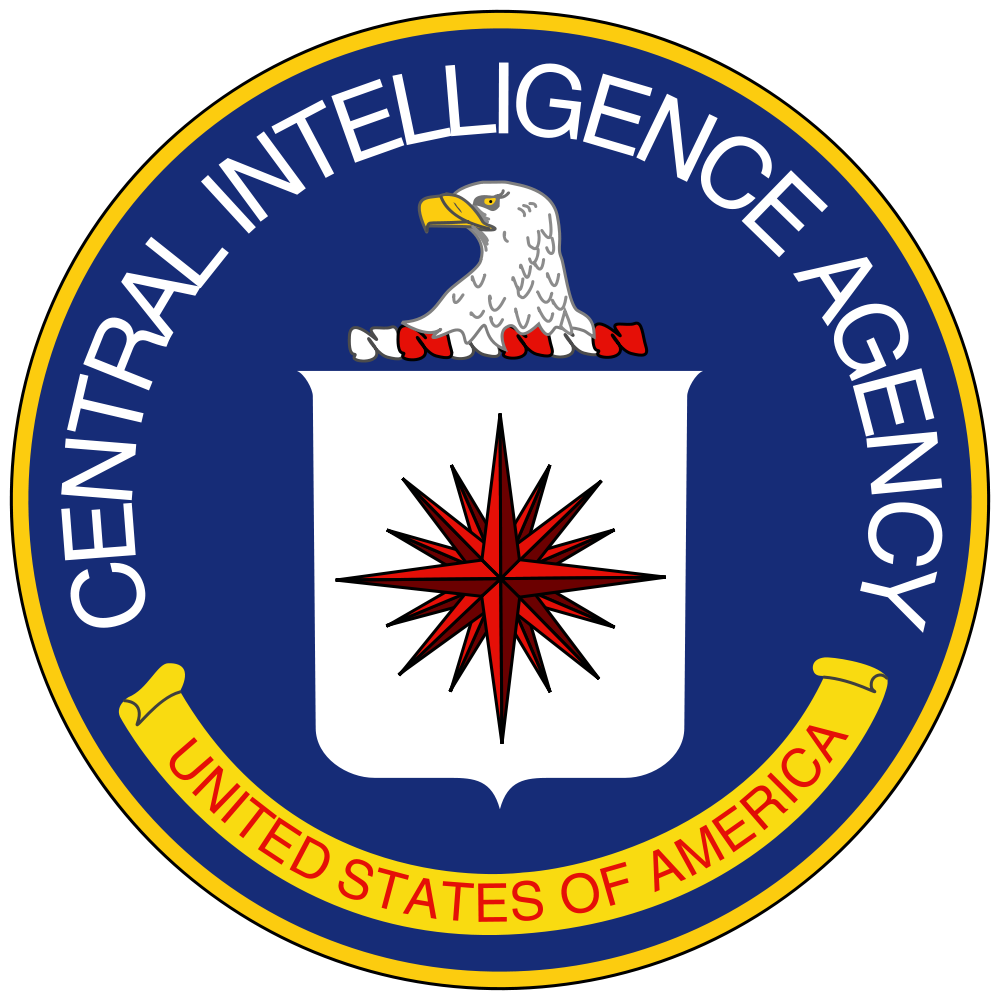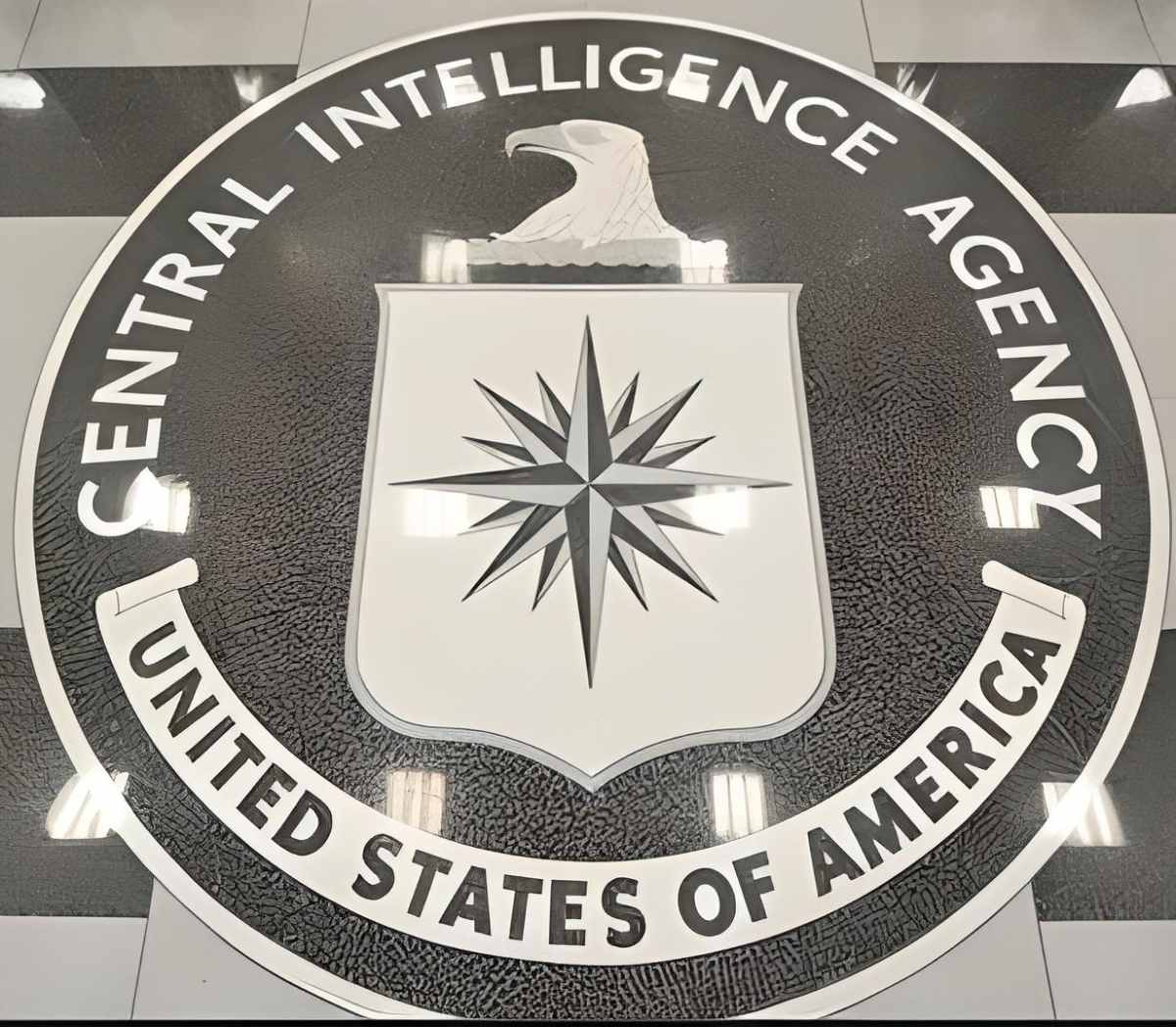The Central Intelligence Agency (CIA) has long been a subject of intrigue and fascination for people around the globe. As one of the most powerful intelligence organizations in the world, it plays a pivotal role in shaping national security strategies and global politics. Understanding the CIA's mission, structure, and operations is essential for anyone interested in global affairs and intelligence work.
Established in 1947 under the National Security Act, the CIA has evolved from a small organization into a sophisticated agency that operates across continents. Its primary function revolves around gathering intelligence, analyzing information, and conducting covert operations to protect U.S. national interests. In this article, we will explore the CIA's history, structure, and key functions, shedding light on its significance in modern geopolitics.
While the CIA is often portrayed in movies and novels as a secretive and mysterious entity, its actual operations are governed by strict laws and regulations. This article aims to demystify the agency and provide readers with a thorough understanding of its role in ensuring global stability and security. By the end of this guide, you will have a clearer picture of how the CIA operates and why it remains a crucial player in international relations.
Read also:Rachel Moranis The Iconic Comedic Genius And Her Impact On Pop Culture
Table of Contents
- History of the CIA
- Structure and Organization of the CIA
- The CIA's Mission and Objectives
- Key CIA Operations and Covert Activities
- Intelligence Gathering Methods
- Controversies Surrounding the CIA
- Legal Framework and Oversight
- The Future of the CIA in Global Security
- Careers and Opportunities in the CIA
- Conclusion
History of the CIA
The Central Intelligence Agency was officially established on September 18, 1947, following the enactment of the National Security Act. This move came in response to the need for a centralized intelligence-gathering organization after World War II. Prior to its creation, intelligence operations were fragmented across various government agencies, leading to inefficiencies and duplication of efforts.
Early Years and Founding
During its early years, the CIA focused primarily on gathering intelligence on the Soviet Union during the Cold War. The agency quickly expanded its reach, engaging in covert operations and intelligence analysis to counter perceived threats to U.S. national security. Some of its early successes included the defection of key Soviet agents and the acquisition of critical intelligence on Soviet military capabilities.
Expansion and Evolution
As geopolitical tensions escalated, the CIA underwent significant transformations. It expanded its operations to include not only espionage but also psychological warfare, political intervention, and economic intelligence. By the late 1950s, the agency had become a formidable force in global affairs, influencing events in countries such as Iran, Guatemala, and Cuba.
Structure and Organization of the CIA
The CIA's organizational structure is designed to facilitate efficient intelligence gathering and analysis. It is divided into several directorates, each with a specific focus and responsibility. Understanding this structure is essential for grasping how the agency operates on a day-to-day basis.
Directorates Within the CIA
- Directorate of Operations (DO): Responsible for covert operations and intelligence gathering.
- Directorate of Intelligence (DI): Focuses on analyzing intelligence data and producing reports for policymakers.
- Directorate of Science and Technology (DS&T): Develops and deploys advanced technologies for intelligence purposes.
- Directorate of Support (DS): Provides logistical and administrative support to ensure the agency's operations run smoothly.
The CIA's Mission and Objectives
The primary mission of the CIA is to protect U.S. national security by gathering intelligence and conducting covert operations. This mission is supported by a set of objectives that guide the agency's activities and priorities.
Key Objectives
- Provide timely and accurate intelligence to policymakers.
- Conduct covert operations to achieve U.S. strategic goals.
- Counter threats from foreign adversaries, including terrorism and cyberattacks.
- Support allied nations in their intelligence efforts.
Key CIA Operations and Covert Activities
The CIA is perhaps best known for its covert operations, which have played a significant role in shaping global events. These operations often involve clandestine activities aimed at influencing political outcomes or gathering intelligence in hostile environments.
Read also:Dara Tomlin Bill Hemmer Wife A Closer Look At Her Life And Influence
Famous Covert Operations
One of the most famous CIA operations was Operation Ajax, which led to the overthrow of Iran's democratically elected government in 1953. Another notable operation was the Bay of Pigs Invasion in 1961, an attempt to overthrow Fidel Castro's regime in Cuba. While some operations have been successful, others have faced criticism and controversy.
Intelligence Gathering Methods
The CIA employs a variety of methods to gather intelligence, ranging from traditional espionage to advanced technological surveillance. These methods are constantly evolving to keep pace with changing threats and technological advancements.
Types of Intelligence
- HUMINT (Human Intelligence): Information obtained through human sources, such as spies and informants.
- SIGINT (Signals Intelligence): Data collected from electronic signals, including communications and radar.
- IMINT (Imagery Intelligence): Intelligence derived from satellite and aerial imagery.
Controversies Surrounding the CIA
Throughout its history, the CIA has been involved in numerous controversies that have raised questions about its methods and ethics. These controversies have sparked debates about the balance between national security and individual rights.
Famous Controversies
- Watergate Scandal: Several CIA operatives were involved in the infamous Watergate break-in.
- Torture Program: The agency's use of enhanced interrogation techniques after the 9/11 attacks drew widespread criticism.
- Surveillance Programs: Revelations about the agency's mass surveillance programs have raised privacy concerns.
Legal Framework and Oversight
The CIA operates within a strict legal framework that governs its activities and ensures accountability. This framework includes laws, regulations, and oversight mechanisms designed to prevent abuse of power and protect civil liberties.
Oversight Mechanisms
- Congressional oversight committees review the CIA's activities and budgets.
- The Office of the Inspector General conducts internal audits and investigations.
- Executive orders and court rulings provide additional checks on the agency's powers.
The Future of the CIA in Global Security
As global threats continue to evolve, the CIA must adapt to remain effective in protecting U.S. national security. Emerging challenges, such as cyber warfare and climate change, require new strategies and technologies to address.
Emerging Challenges
- Cybersecurity threats from state and non-state actors.
- Global terrorism and transnational crime.
- Environmental and resource-related conflicts.
Careers and Opportunities in the CIA
The CIA offers a wide range of career opportunities for individuals interested in intelligence work. From analysts to operations officers, the agency provides diverse roles that cater to various skills and backgrounds.
Types of Careers
- Intelligence Analysts: Focus on analyzing data and producing reports.
- Operations Officers: Engage in covert activities and fieldwork.
- Technologists: Develop and deploy advanced technologies for intelligence purposes.
Conclusion
In conclusion, the Central Intelligence Agency plays a vital role in ensuring U.S. national security and shaping global politics. Through its intelligence gathering, covert operations, and analytical capabilities, the CIA provides critical support to policymakers and allied nations. While controversies have surrounded the agency, its importance in maintaining global stability cannot be overstated.
We invite you to share your thoughts and questions in the comments section below. For more in-depth information on the CIA and related topics, explore our other articles and resources. Together, let's continue the conversation about the future of intelligence and global security.


